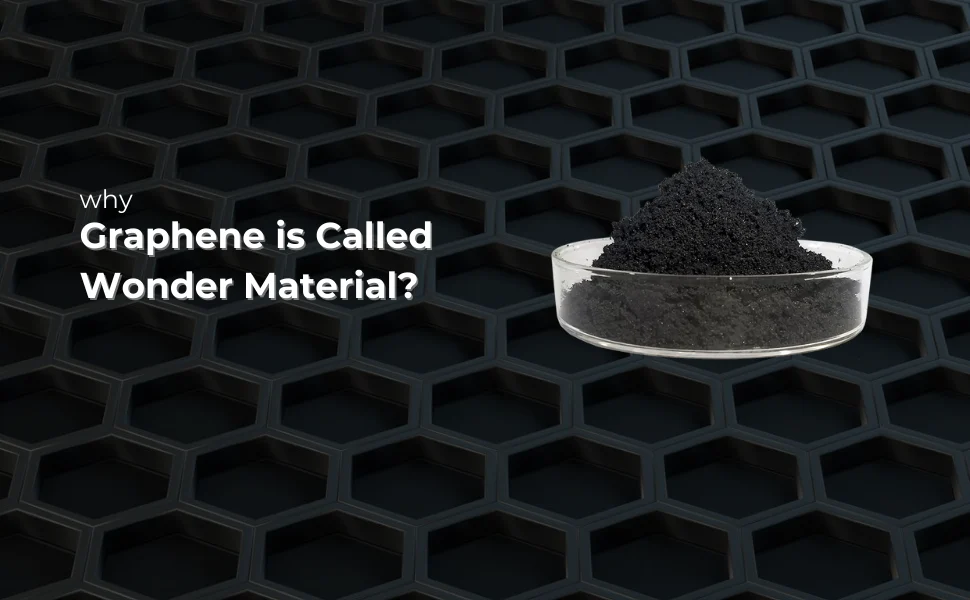Graphene is often referred to as a “wonder material” because of its unique combination of strength, flexibility, electrical conductivity, and thermal properties. But what exactly makes graphene so special? Let’s explore why graphene has earned this title and how it is transforming various industries.
What is Graphene?
Graphene is a single layer of carbon atoms arranged in a hexagonal honeycomb lattice. It is the basic structural element of other carbon allotropes like graphite, carbon nanotubes, and fullerenes. Despite being just one atom thick, graphene is incredibly strong and exhibits remarkable electrical and thermal conductivity, making it one of the most promising materials of the 21st century.
Properties of Graphene
1. Unparalleled Strength and Lightness
Graphene is 200 times stronger than steel, yet it is incredibly lightweight. Its strength is derived from the strong covalent bonds between carbon atoms, making it ideal for use in composite materials, aerospace, and structural applications.
2. Superior Electrical Conductivity
Graphene is one of the best conductors of electricity known to mankind. It allows electrons to move through it 100 times faster than in silicon, which is why it is being explored as a potential replacement for silicon in electronics and semiconductors.
3. Extraordinary Thermal Conductivity
With thermal conductivity greater than copper and silver, graphene effectively dissipates heat. This makes it an excellent candidate for heat management in electronic devices, batteries, and cooling systems.
4. High Flexibility and Transparency
Graphene is both flexible and nearly transparent (absorbing only 2.3% of light), making it suitable for applications in flexible electronics, touchscreen displays, and solar panels.
5. Impermeability
Graphene is completely impermeable to gases and liquids, yet it allows water vapor to pass through. This property is useful in applications like protective coatings, filtration, and membrane technology.
Applications of Graphene
1. Electronics and Semiconductors
Graphene’s exceptional electrical conductivity is revolutionizing the semiconductor industry. It is being used in next-generation transistors, flexible displays, and high-speed computing.
2. Energy Storage and Batteries
Graphene is enhancing battery performance by increasing energy density, improving charging speed, and extending battery lifespan. Graphene-based supercapacitors are also being developed for ultra-fast energy storage.
3. Aerospace and Automotive
Due to its lightweight and strength, graphene is being used in aircraft, cars, and spacecraft to improve fuel efficiency and durability.
4. Water Purification and Filtration
Graphene products are being used for water purification, desalination, and air filtration due to their ability to block contaminants while allowing water molecules to pass through.
The Future of Graphene
The potential of graphene is yet to be found out, and it is being worked on and explored in various fields. Enhanced methods of large-scale production and declining costs will have graphene at the center of the next technological revolution.
Conclusion
Graphene is indeed a wonder material because of its remarkable properties. From transforming electronics to enhancing energy storage and healthcare, the potential of graphene is vast. As research and innovation continue, graphene is set to shape the future of multiple industries, making it one of the most exciting materials of our time.

